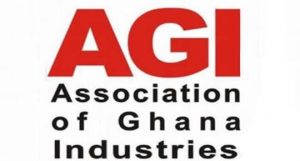Fuel prices at various pumps across the country will likely remain stable during the July second pricing window, despite unfavourable external factors, Institute for Energy Security (IES), has forecasted.
It said competition between the various oil marketing companies will cause players to maintain their prices from the previous pricing window, despite the 1.35 percent increase in price of the international benchmark- brent crude, together with the 2.88 percent increase in price of petrol, 0.01 percent increase in diesel price and the 1.39 percent depreciation of the local currency against the US dollar.
As a result, the energy think-tank expects no changes and that consumers should expect to pay the same price for a litre of fuel, regardless of these external factors.
The first pricing window of July saw some volatilities in the price of the international benchmark brent crude propelled mainly by the fallout from the OPEC+ meeting at the beginning of the month.
Oil prices were in reverse gear within the period due to the spat from the OPEC+ meeting which had UAE blocking an agreement by the bloc on an increase in production output. UAE’s intention is in response to its request for an increase in its baseline production in direct relation to their investment and upgrade in their production infrastructure. This, they believe is crucial to enable them increase their oil production before demand slumps again.
The spat caused oil prices to rise above the US$77 mark, the highest since 2018.
The strong signs of a demand recovery in Asian markets from particularly China and India also influenced the price increments in this window coupled with the bullish report from the US Energy Information Administration of an increase in US gasoline (petrol) consumption.
Meanwhile, petrol and diesel prices as monitored on Standard and Poor’s global Platts platform show that price of the international commodities experienced marginal differences within the period. Whereas petrol saw an increase in price by 2.88 percent to close the window at US$714.77 per metric tonne from an earlier US$694.78 per metric tonne in the previous window, diesel price went up marginally by 0.01 percent to close trading at US$597.35 per metric tonne from the earlier window’s price of US$597.30 per metric tonne.
When it comes to the forex market, IES reports that data collated by its Economic Desk from the foreign exchange market showed that the cedi depreciated against the U.S. dollar by 1.39 percent, trading at Gh¢5.85 to the dollar from the previous window’s Gh¢5.77 to the dollar.







